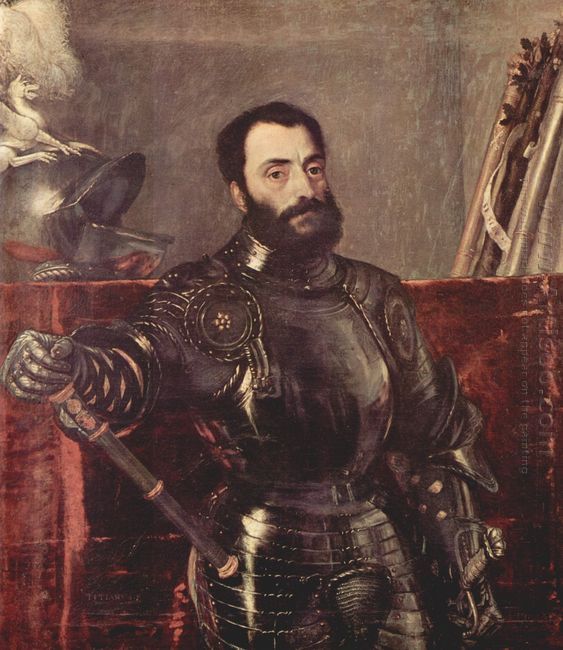Compared with the portrait paintings, drawing half-length portraits is more difficult, because the involved factors are more abundant than the portrait paintings. When we practice the half-length portrait, we not only make the relationship between the character’s head and the background fully embodied, but also pay attention to the harmonious relations of the rest parts of the body, neck, shoulder, chest, abdomen, back, arm and hand caused by the changes of clothes lines. Figure’s half-length portrait can cover a broader social background. Many paintings with complete conception and connotation can be regarded as the extension of half-length portrait or being evolved from it. Thus when we make the half-length portrait and learn how to manage and perform the characters and objects, we should try to explore and experience the deeper charm.
One, action setting
Character’s action setting is one of the most important contents for half-length portrait. Because such operation has basically possessed some characteristics of people’s social life, it is obviously not easy to design a natural and everlasting action that is consistent with the personality and avoid giving people the sense of familiarity. Hand performance is an important content in the design of half-length portrait. Because of the complex and rich motions of the hand, people always regard it as the body language and the second face which is an expression of inner world. Therefore the design of hand movements must not be casual. In the treatment of the dynamic process of hand, we should pay close attention to the relationship between hand and wrist, even for the hand covered by the long sleeve. We should also feel the shape of the hand and beauty of movement from the corresponding drapery changes. A large proportion of the head, neck, shoulder, chest, waist, and abdomen and the relationship of movement combination must be right. Any error will make the local deviation of the aesthetic movement affected, so that the whole oil canvas is not natural.
Two, clothing selection
Clothing (including props) plays an important role in half-length portrait. Characters with different gender and personality should be treated with different colors and texture clothing with its characteristics, and formed the organic combination in line with the environment, which provides creative foundation for half-length portrait.
Three, drafting and coloring
The first step is still drafting and coloring. Drafting also uses several monochromes and focuses on the solution of the basic motion and the proportion of human relations and temporarily ignores the other details. Coloring should emphatically solve the opposite and united relation among the human skin, clothing and environment. Although the head and hand are people’s skin color, the gap between the two is actually great. Because there are many capillaries on the hand which usually seem to be in bloodshot condition, this is the deep purplish red that we often feel. Dealing with the relationship of the other parts should also do so. In clearly differentiating different types of colors, the close colors should also be sensitively taken apart.
In painting the half-length portrait, we need to emphasize the plans and steps of drawing. After solving the large colors, we can draw from the head and attach great importance to the specific gravity of the painting. In general, the hand should not be painted from each finger and make the movement of hand into several decent turns and the draw the finger based on this. The performance of clothing lines must embody the transition relation of motion and shape of the human body. It should emphasize that which part is closed to each other and which place is placed in a vacant state. Try to avoid performing the texture of objects when coloring and early performance of the texture will weaken the volume in the significance of the shape.
Four, in-depth characterization
Further characterization technique also requires a variety of attempts. Pen, knife, and the hand can cause completely different feelings. Direct painting with local transparent cover can also make the painting with some special effects. In the process of in-depth characterization, some details that are omitted at first should be gradually added, such as the elder’s face wrinkles, some exquisite ornaments, fabric patterns, in order to enhance the painting’s rich administrative levels. Due to the information required in half-length painting, apart from the great efforts to solve all sorts of objective factors with the natural attribute on the painting, we should also strive to show the intrinsic feature conveyed by the objects.
Five, the overall adjustment
After a number of steps to complete the oil bust practice there are also many conflicting details listed, boldly cut all the unnecessary parts to make the subject more prominent, resulting in an expressive art effect.
